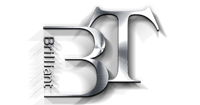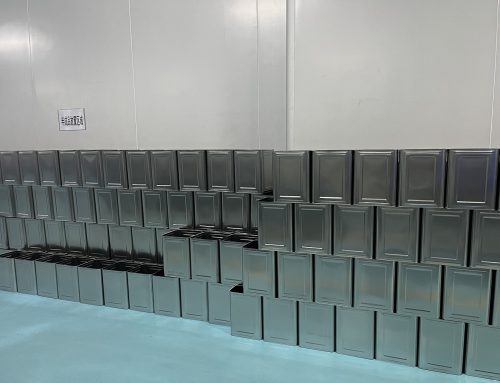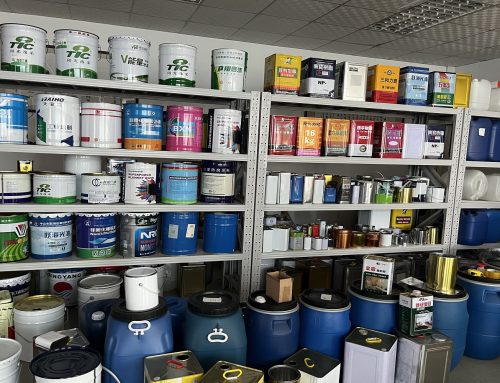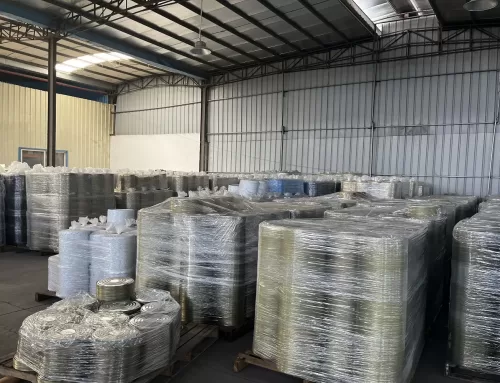Competition of various packaging materials
Packaging materials mainly include glass, paper, aluminum, steel, plastic, and paper-plastic composite containers. Due to their own characteristics and advantages, they have all achieved great development in recent years, showing a trend of diversified development.
Beverages: In the beverage market, plastic containers are used the most in most countries; from the perspective of the world beverage market, the share of PET bottles More than 70%, the application proportion of PET bottles in domestic carbonated beverage packaging accounts for about 60%. Plastic containers in the world have begun to enter the beer industry, competing with glass bottles for the market.
Food cans: food cans, beverages, oleochemicals and other related industries continue to develop. Some varieties can be replaced by other material packaging, but some products are non-metal packaging. The deep processing of agricultural and sideline products and the export of canned food in my country continue to increase, which is an important market for tinplate. The total output and export volume of the canned food industry have maintained double-digit growth for many years. Canned mushrooms, asparagus, oranges, bamboo shoots, etc. are the countries with the largest exports in the world.
Beer: my country is the country with the highest beer production in the world. It is mainly bottled in glass, and beer in metal cans only accounts for about 3%. From Globally, glass bottles account for 72%, metal cans (including aluminum and steel) account for 28%, and PET bottles account for 0.4%. Therefore metal cans Wine has a lot of room for development. my country’s two-piece cans started with aluminum cans, and the localization of aluminum alloy sheets is also developing. In recent years, steel cans have developed rapidly.
People in the foreign metal packaging industry have felt that tinplate packaging is increasingly being competed and severely challenged by other packaging materials such as plastics and paper. Efforts should be made to enhance the visual impact and convenient functions of shelves and improve product grades.




